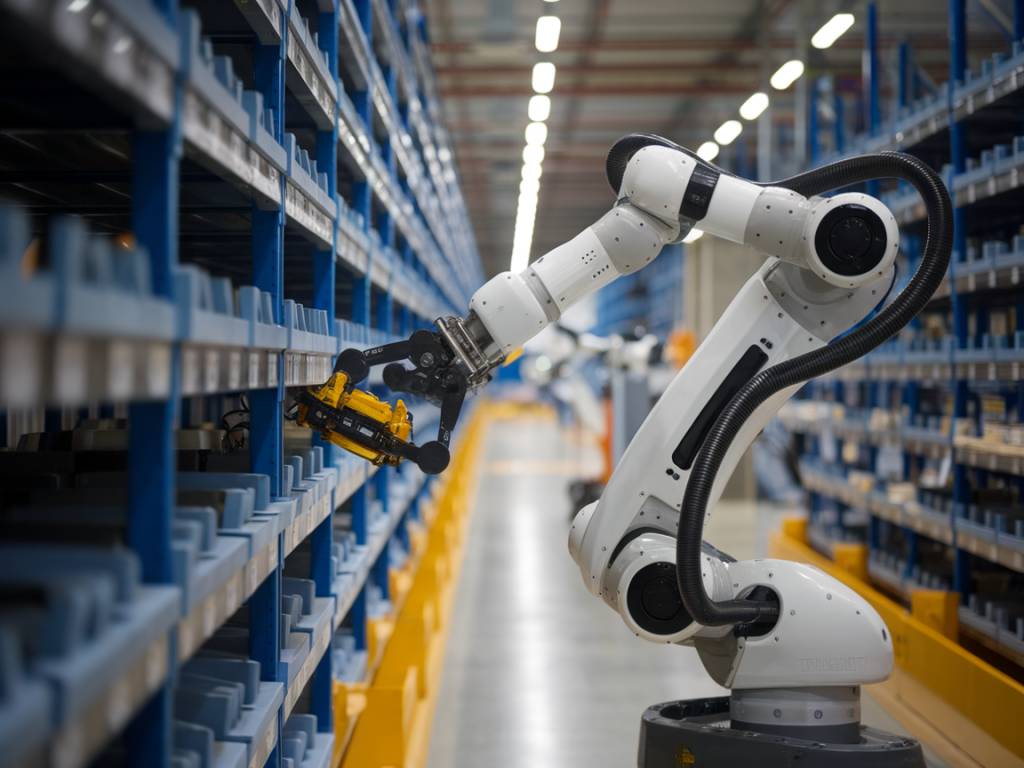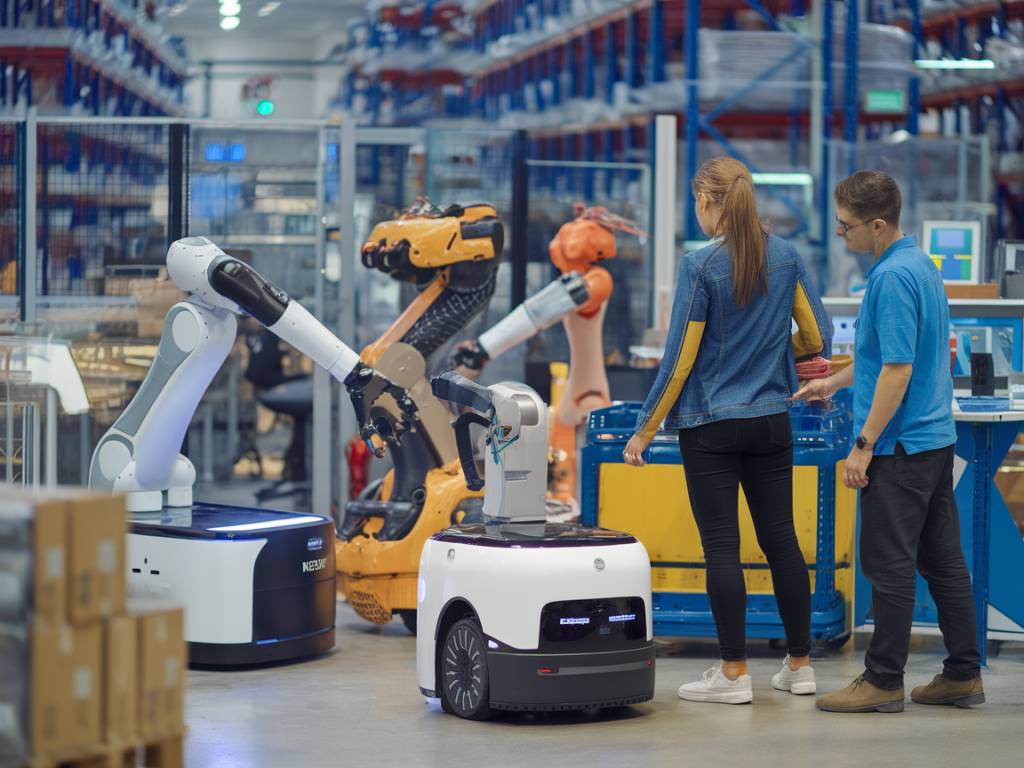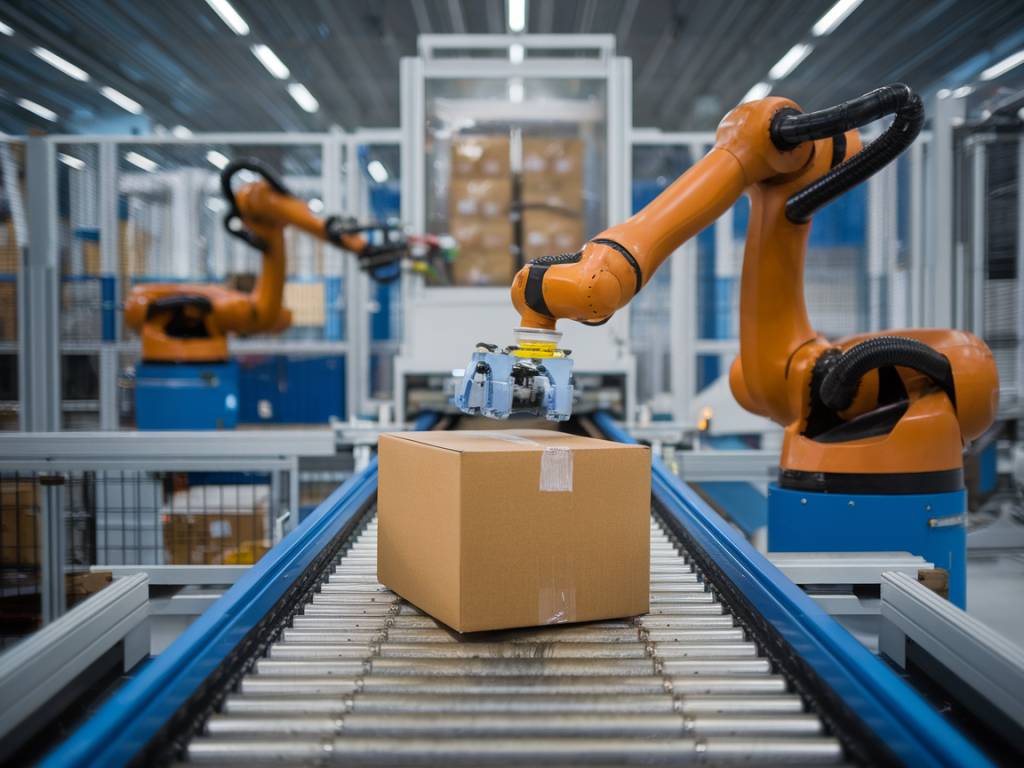
robotic picking systems: a game-changer for e-commerce logistics
The rapid proliferation of e-commerce has revolutionized the logistics industry, necessitating innovative solutions for increasingly complex problems. One of the most significant developments in this field are robotic picking systems, which have quickly emerged as a game-changer for e-commerce logistics. These advanced systems leverage robotics and automation to enhance the speed, accuracy, and efficiency of order fulfillment processes. This article delves into the intricacies of robotic picking systems, their benefits, applications, and future potential, providing essential insights for professionals in the industry.
Understanding Robotic Picking Systems
Robotic picking systems, often referred to as automated picking systems or robotic order picking, integrate robotic technology with warehouse management systems (WMS) to automate the process of selecting and retrieving products for order fulfillment. These systems utilize various types of robots, including autonomous mobile robots (AMRs) and robotic arms, to perform picking tasks typically handled by human workers.
The core components of a robotic picking system include:
- Robotic Hardware: This includes the robots themselves, which can range from mobile units that navigate warehouse floors to stationary robotic arms capable of fine motor skills.
- Sensors and Cameras: Essential for navigation and item identification, these tools ensure accurate and efficient picking of products.
- Warehouse Management System (WMS): The software that controls and coordinates the activities of the robots, integrating with existing logistics systems to optimize performance.
- Conveyor Systems: Often used to transport items between different stages of the picking process.
- Machine Learning Algorithms: These enable robots to continuously improve their picking accuracy and efficiency through data analysis and pattern recognition.
Benefits of Robotic Picking Systems
The adoption of robotic picking systems offers a multitude of benefits for e-commerce logistics, making them an increasingly attractive option for businesses looking to streamline operations. Key advantages include:
Applications in E-commerce Logistics
Robotic picking systems can be applied across various aspects of e-commerce logistics, transforming how businesses manage order fulfillment, inventory control, and shipping. Here are some critical applications:
- Order Picking: Robots can efficiently pick items from shelves and deliver them to packing stations, increasing the speed and accuracy of order fulfillment.
- Sorting: Robotic systems can sort products by category, destination, or priority, ensuring that items are correctly organized for shipping.
- Inventory Management: By integrating with WMS, robots can track inventory levels in real-time, automatically updating records and alerting managers when stocks run low.
- Reverse Logistics: Robots can handle returns by identifying, sorting, and redirecting returned items back to inventory, facilitating a smoother returns process.
- Collaborative Robots (Cobots): These robots work alongside human workers, assisting in tasks such as heavy lifting or complex assembly processes, thereby enhancing overall productivity.
Challenges and Considerations
While robotic picking systems offer substantial benefits, their implementation presents certain challenges and considerations for e-commerce businesses:
- Initial Investment: The cost of purchasing and installing robotic systems can be high, representing a significant upfront investment for many businesses.
- Technical Expertise: Effective operation and maintenance of robotic picking systems require specialized technical knowledge, necessitating training or hiring skilled personnel.
- Adaptation Period: Integrating robotic systems into existing logistics operations involves an adaptation period during which both robots and human workers adjust to new workflows.
- Space Requirements: Robotic systems may require modifications to existing warehouse layouts to accommodate their operation, potentially involving additional costs.
- Cybersecurity Risks: As robotic systems often rely on networked operations, they are susceptible to cyber threats, necessitating robust cybersecurity measures.
Future of Robotic Picking Systems in E-commerce Logistics
The future of robotic picking systems holds immense potential for further advancement and widespread adoption, driven by ongoing developments in technology and growing e-commerce demands. Key trends and innovations to watch include:
- Artificial Intelligence (AI) Integration: AI and machine learning will continue to enhance the capabilities of robotic systems, enabling even greater levels of efficiency, accuracy, and adaptability.
- Edge Computing: The use of edge computing will allow robots to process data locally, reducing latency and improving real-time decision-making capabilities.
- Enhanced Mobility: Advances in mobility technologies will enable robots to navigate more complex environments, including multi-level warehouses and outdoor spaces.
- Human-Robot Collaboration: Collaborative robots (cobots) will play a more significant role in logistics, working alongside human workers to optimize tasks and improve overall productivity.
- Sustainability: As the logistics industry increasingly prioritizes sustainability, robotic systems will be developed to reduce energy consumption and minimize environmental impact.
The integration of robotic picking systems into e-commerce logistics continues to present a transformative opportunity for businesses. By understanding their capabilities, benefits, and challenges, companies can strategically implement these systems to stay competitive in an ever-evolving marketplace. As technology progresses, the role of robotics in logistics will undoubtedly become even more central, driving the next wave of innovation in the industry.

 The future of logistics: integrating AI with warehouse execution systems
The future of logistics: integrating AI with warehouse execution systems  Collaborative robots (cobots): enhancing human capabilities in logistics
Collaborative robots (cobots): enhancing human capabilities in logistics  Automation in distribution centers: the role of robotics in streamlining operations
Automation in distribution centers: the role of robotics in streamlining operations  How AI-powered robots are optimizing inventory management
How AI-powered robots are optimizing inventory management  Warehouse robots: reducing downtime and boosting productivity
Warehouse robots: reducing downtime and boosting productivity  Robotics in reverse logistics: improving the returns process
Robotics in reverse logistics: improving the returns process